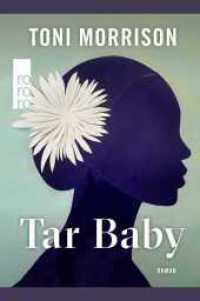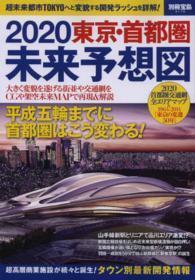Full Description
Education and Social Dynamics offers a new approach to analyzing curriculum change by investigating the entanglement of education and society in markedly heterogeneous Turkey, which has recently witnessed nation-wide curriculum reforms. While the new curriculum has attempted to homogenize all Turkish primary schools since 2005, Nohl and Somel, drawing on a theoretical differentiation of social entities, reveal how subsequent curricular practices have had to account for the diversity of milieus and organizations in the nation's educational sector, and how inequality and competition run rampant in the standardization efforts. Using expert interviews, group discussions, and other empirical data that compare instructional practices within five distinct schools, the book represents a breakthrough in our understanding of developments in Turkey and their significance for extant theories of curriculum development and reform worldwide. By linking specific case study material from Turkey to intensifying international concerns, it provides an important and relevant global commentary.
Contents
Preface
1. Introduction
2. Education and Social Change in Turkish History
2.1 What is Social and Educational Change?
2.2 The Formation of the Educational Sector in the Ottoman Empire
2.3 The Expansion and Differentiation of Laicist Education in Modern Turkey
2.4 Society and Education from 1980 to 2003
2.5 Change and Primary Education
3. The Curriculum Making
3.1 Studying Curriculum Change: Theoretical and Methodological Considerations
3.2 Organizing a New Curriculum
3.3 The New Curriculum's Approach
3.4 Preliminary Conclusions
4. Divergent Curricular Practices of Organizational Milieus: Teachers' Professional Generations
4.1 Analyzing Curricular Practices
4.2 The generation of experienced teachers
4.3 Novices and the curriculum
4.4 The intermediary position between generations
4.5 Distribution of Teachers and Schools' Prestige
5. Instruction and inequality between schools
5.1 Social milieu, school organization, and resources: theoretical considerations
5.2 Prestigious schools with middle-class milieus
5.3 A maximal contrast: Instruction in a poor district of Istanbul
5.4 Rural schools with poor milieus
5.5 Reciprocally Amplifying Resources in Instruction Practices
6. The new curriculum in competition with other institutionalized expectations
6.1 Institutionalizing the new curriculum
6.2 The informal institutionalization of standardized tests
6.3 The competitive combination of loosely and tightly coupled institutions
7. Conclusion: Change, education, and society
Appendix
Overview of the Turkish school system
Overview of expert interviews
Rules of Transcription








